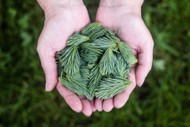Forage, repurpose and re-use
Posted by Spirits Kiosk on 4 Apr 2022
Spring’s much anticipated return to the UK could not be met with more open (albeit very pasty) arms. Especially after last week's unseasonal chill.
Whilst some are only eager for the warm embrace of sunnier longer days and picnic drinks, us curious drinkers have been patiently waiting for the Great British landscape to transform once more.

April’s abundant bloom grows keener by the hour to donate its bounty for our perfect serves. We’ve talked about foraging before on Kiosk, we love rambling basket in hand most weekends, but April is a particularly apt month to get involved.
Namely, it comes straight after “ B-Corp Month” of March where we shone a light on distilleries with a 360-degree awareness of their social and environmental impact. Having seen so many inspirational companies change the narrative and advocate for a fuller, greener future - the spotlight is now on you.
One of the easiest ways to engage as an individual lies within art of ‘Foraging and Repurposing’. Here’s how.
FORAGING
The UK is in full bloom from coast to countryside, waiting to be picked, plucked and pulled (within reason) no matter where you are, what you’re in to and how you want to do it. From infusions to a simple garnish, foraging is not restricted to the rural surroundings.
Naturally, you would assume that the best ingredients reside in the rolling countryside, hidden in woodland and hedgerow or briskly showered in ocean mist. Whilst we may somewhat agree, as London based enthusiasts – take our word for it that even those in the concrete jungle can enjoy shopping for ingredients in the heaths, gardens and riverbanks of a city.
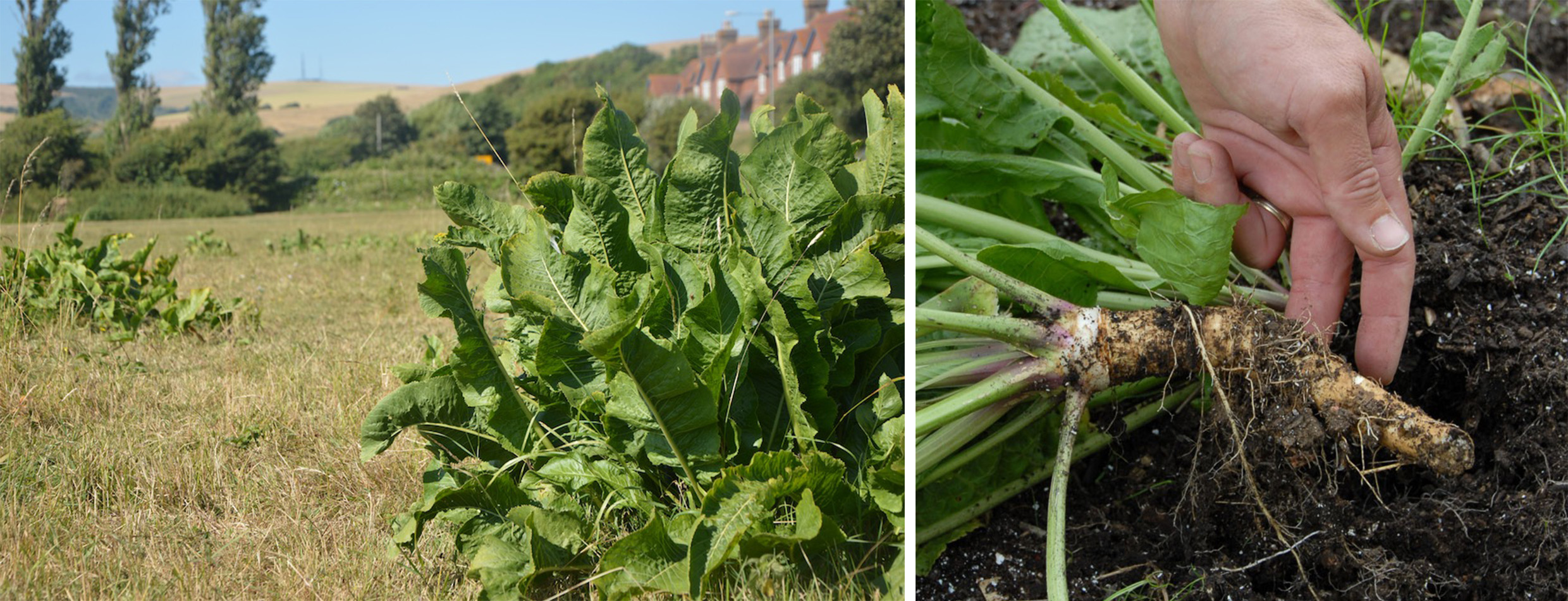
WILD HORSERADISH
Wild Horseradish is one to look out for in the months ahead. Both Putney and Hampstead Heath have loads for you Londoners while they are common in the countryside. We guarantee that you’ll be able to smell the poignant spice before getting a chance to pluck the twisted roots out of the earth.
Both the bright dock-like leaves and the tapered white root are edible, but we recommend leaning more towards the latter, for a tasteful peppery infusion.
Once plucked, washed, and cleaned up - try infusing the root with a clean and dry spirit like Ramsbury Vodka or Reyka Vodka before using it in a Bloody Mary. Better still, try it in the likes of Sipsmith London Dry Gin for the gin equivalent - a Red Snapper. You’ll need to allow the root to yield its pungent heat overnight so plan ahead, but it’s perfect for those looking to spice up their umami taste buds.
If you want to push the boat further into savoury territory and don’t have time to infuse, get a sliver or two and add in a shaker with Audemus’ Umami Gin and some Dry Vermouth. Shake and strain for a wild horseradish Martini that will really put your sinuses to the test in a savoury feast of a drink. OTT? Absolutely.
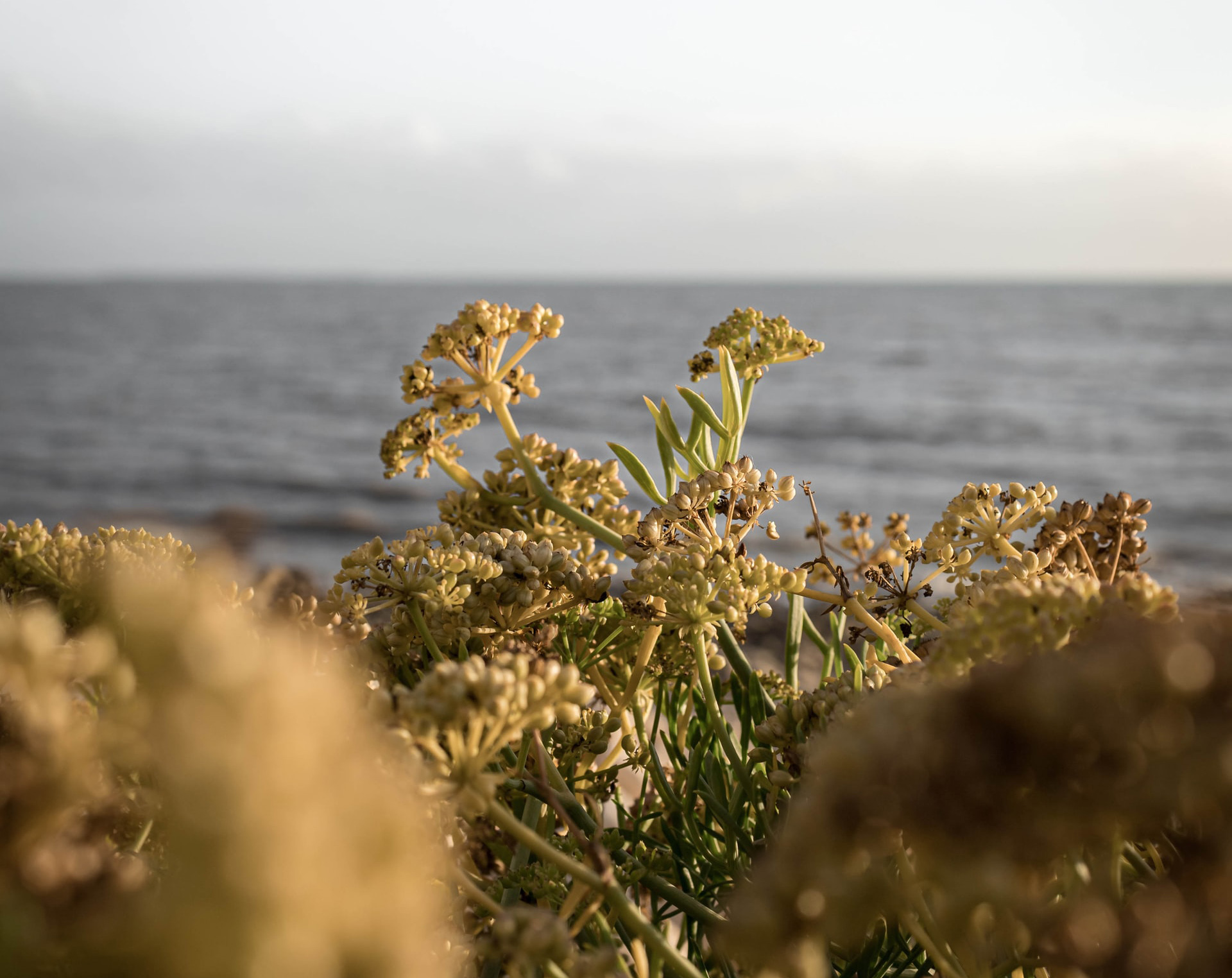
WILD FENNEL
A great starting point for those venturing into the fantastic field of foraging could be with the likes of Wild Fennel. Found reasonably close to the coast, this wonderfully versatile plant exhibits tall frilly and edible fronds that grow so profusely, some farmers consider it to be a pest. So, there isn’t a better reason to start picking!
While the bulbs are inedible, the steams release a flavour profile similar to anise and liquorice that can lend your drink a savoury aroma. A perfect way to enjoy the delicate herbal flavours can be with a homemade Wild Fennel simple syrup, that becomes enhanced when paired with acidic and citrus notes.
Arbikie’s Nàdar Gin is a great contender with its citrus edge of lemongrass and lime leaf that both compliment the aromatic kicks of the fennel, especially when you add a splash in a "turbo charged" version of a Corpse Reviver.
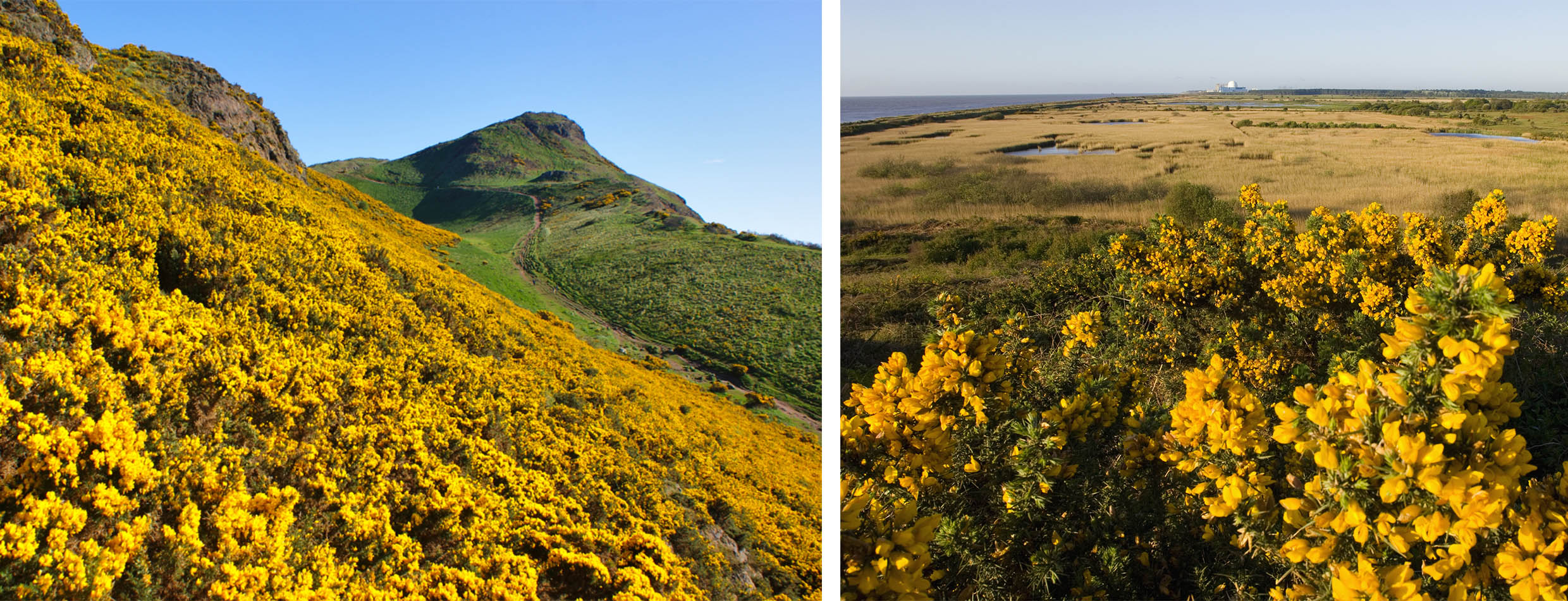
GORSE
One flower that distinctively brightens up hedgerows (on the coast in particular) and draws in the curious, are Gorse Flowers. The plant releases a delicate coconut and floral vanilla hit to the palate when introduced to creative infusions. Foraging your own aside - Gorse is seen as a staple botanical for gin makers up and down the coast already, from Conker Gin in Dorset to The Botanist Islay Dry Gin in Scotland.
With its sweet perfume wafting up in late April / May, it’s a good time to try and capture the essence of those bright yellow bulbs. Tips for how to harvest and infuse can be found many places online so have a look before you head out.
We like to infuse gorse into a relatively inexpensive White Rum to add a layer of flavour or two – perfect to add a sense of the outdoors into a Daiquiri. Remember to leave a respectful balance between what you take and what you leave behind though – it’s all too easy to see yellow and just have at it!

DULSE- SALTY MARTINI
Dulse is a seaweed that can be found clinging to rocks along the North Atlantic coastline, easily identified as the tide pulls away from the shallow seabeds to reveal a delicate but rich purple hue.
Its versatility stands out in drinks as the savoury enriched plant is full of experimental potential for infusions and syrups. There’s a reason its spectacularly salty flavour is known as Irish Chewing Gum – it’s like being sprayed by a wave off the Donegal coast! It can work in tandem to contrast a simple drink with complex layers, sip by sip.
Once harvested, washed and prepped - try infusing the dulse with a traditional gin, such as Portobello Road No. 171 Gin. This classically styled gin is well-balanced already, but critically, it’s robust. It has enough character to sustain its fresh citrus, bitter orange and juniper core while allowing the vibrancy of the Atlantic to come in and mingle away.
Perhaps you’ll consider a Salty Martini to exhibit the newfound partnership!
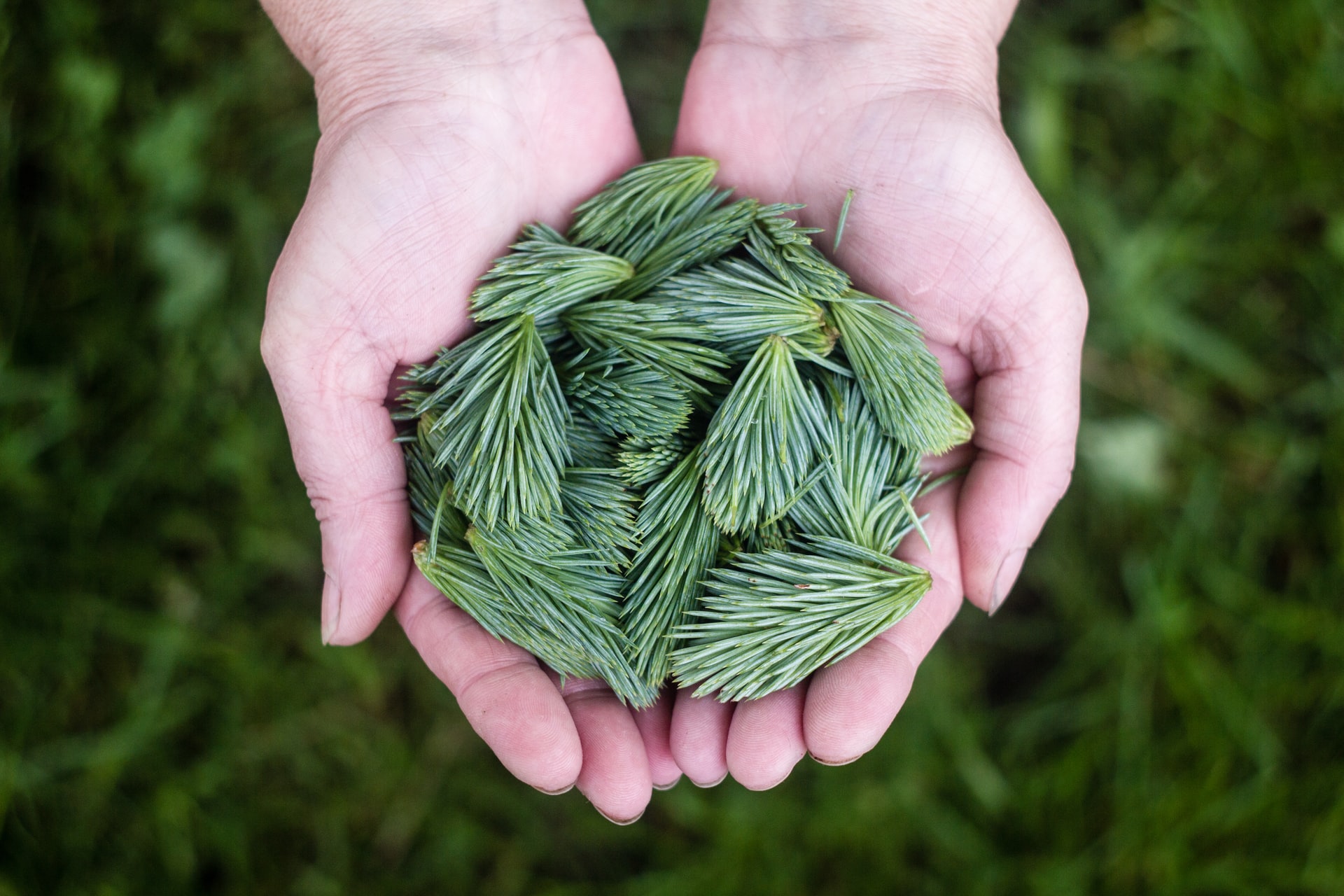
SPRUCE TIPS
Branching out from the more rural and adventurous paths in the country and coast, foraging for ingredients can be as simple as stepping out of your front door.
The potential of ingredients found in your concrete surroundings is incredibly underestimated. It just takes knowing what and where to look. Often the answer is just… up!
Spring allows the spruce tips to grow in plentiful variety, where the stiff needles help to exude differing flavour profiles from bright and citrus heavy to bitter and piney.
If you can’t be bothered to infuse or create something from scratch – just use them as you make a cocktail or as a garnish. Gin led cocktails like The Last Word (add the tips into a shaker, muddle a little if you want to) or White Negroni’s (add them as a garnish) can be accented with a more piney and fresh character.
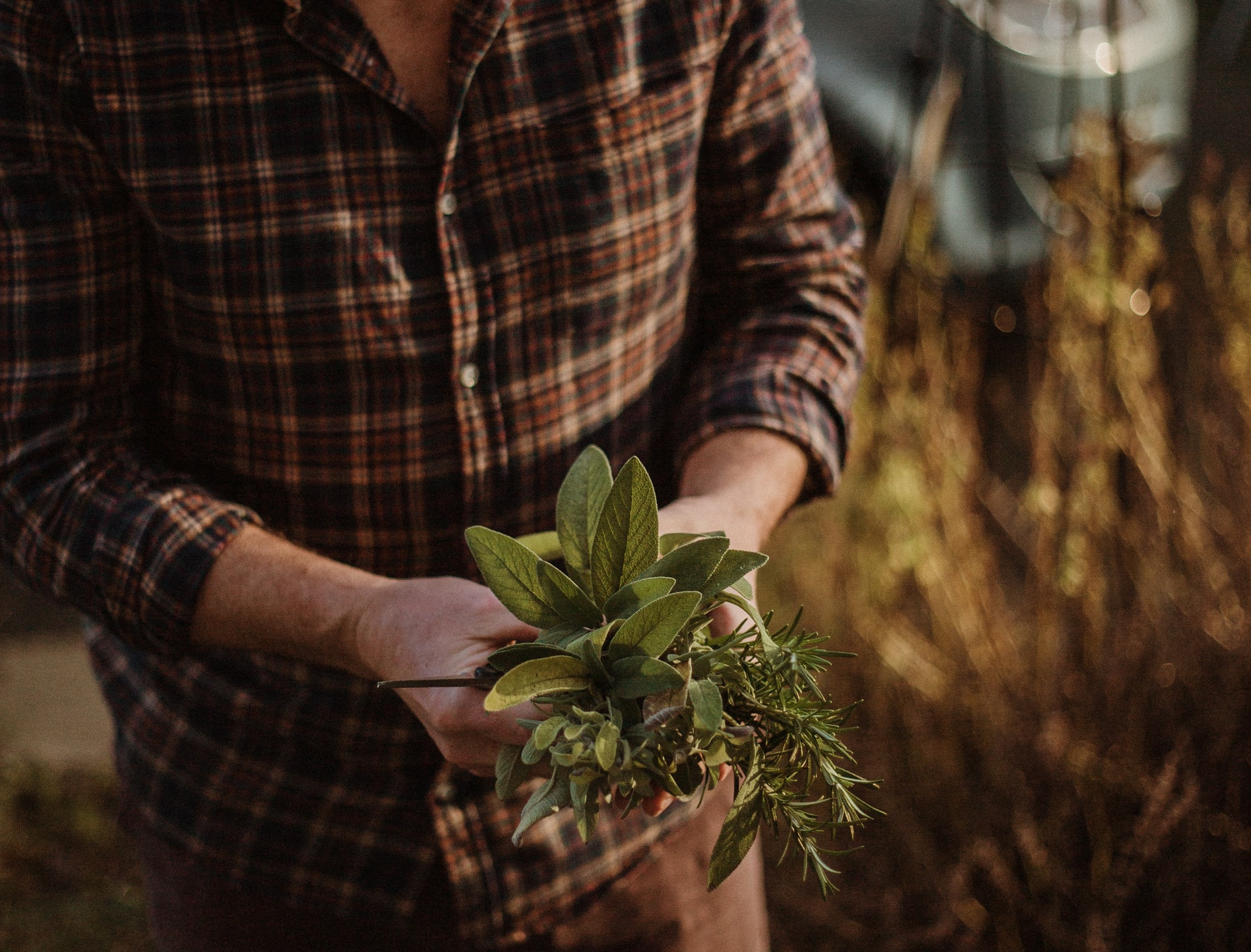
REPURPOSING
Foraging is not the only way forward to reflect more sustainable thinking.
For those not so inclined to wade knee deep into the Atlantic for some salty seaweed, repurposing your shopping list is a drier and easier approach that can ‘Deliveroo’ nature right through your front door.
Repurposing can be as simple as a windowsill lined with store bought potted herbs to sunbathe in that reliable April sun.
Take basil for example, you may immediately associate sweet basil varieties with Italian cuisine, but there are so many more. Many have pots on windowsills, or leftover sprigs that were surplus to last night’s dinner requirements.
The potential that each variety of basil holds can send you into a Gimlet-riff experimenting frenzy! Basil’s infinite versatility could take a delicious simple base like Fair Organic Vodka or Beefeater Gin and manipulate a Gimlet in multiple ways, depending on a Thai, Lime, Purple Ruffle or Blue Spiced Basil cordial infusion!
Alternatively, you could make a series of Basil Smashes with your best selection of London Dry Gins... Our favourite for the cocktail remains Tarquin’s Cornish Dry though.
Potted herbs are a quick and easy way to visually enhance your drink with an aromatic garnish and bring a sense of the outdoors in – and April is a great time to give the citrus a rest.
Use herbs in your G&T’s, or add them into Vodka Tonics. Alternatively - allow the aromas of rosemary or thyme to dictate a different experience with a Moscow Mule (compared to a sprig of mint) - especially with the likes of Chase Potato Vodka. It can really be that simple.
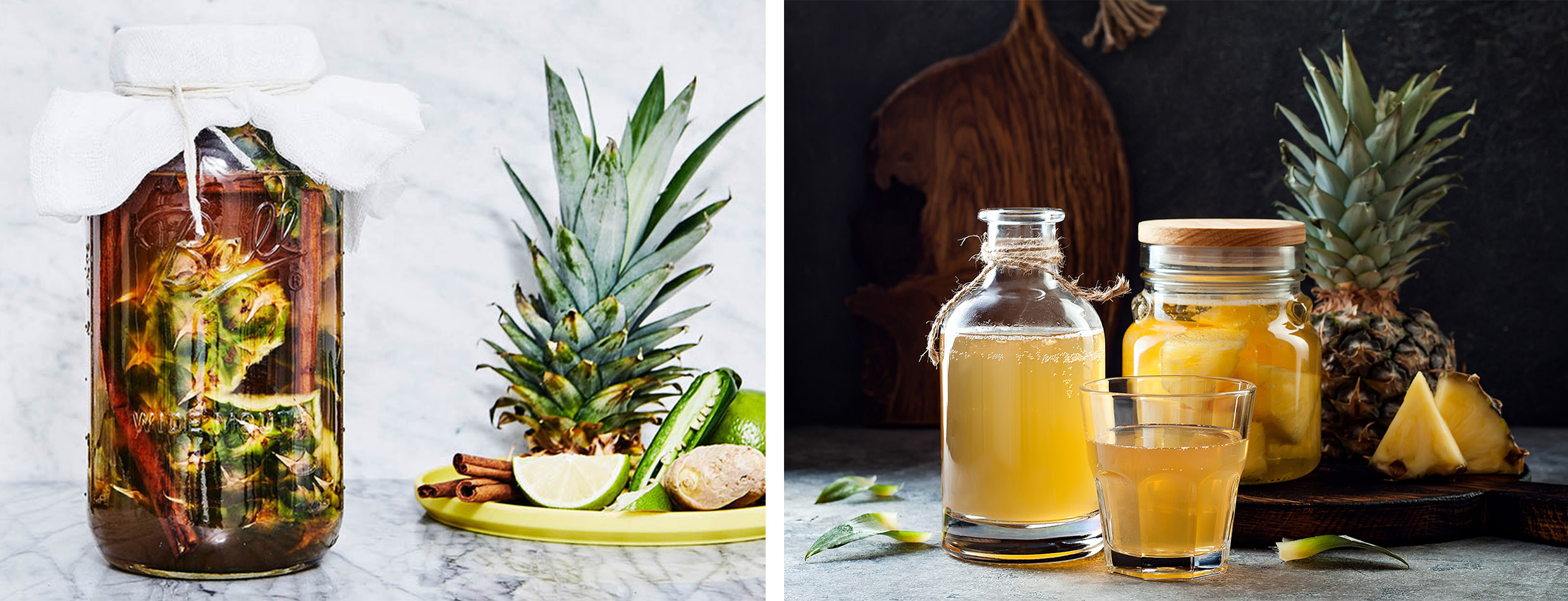
Waste not want not
Courtney Francis, Head Bartender at Ojo Rojo and one of the IWSC’s Emerging Talent winners, explores the limits of repurposing the ingredients that most people would consider scraps.
Her acclaimed entry to Britain’s Best Tequila Cocktail Competition was the ‘Alma Dorada’ (meaning golden soul), which exhibits the full potential of your food cupboard and how you can re-purpose items otherwise headed for the bin - in this case with the likes of pineapple skins.
It involves making a Tepache (a fermented drink made from the peel and the rind of pineapples, that’s sweetened either with piloncillo or brown sugar and seasoned with powdered cinnamon) – but once made you can enjoy it on its own or as part of her delicious cocktail.
Here’s her recipe for you to try -

Tepache recipe:
Skin from one whole pineapple
300ml coconut sugar
150ml warm water
½ teaspoon of Cinnamon Powder
5 cloves
Add the pineapple skins, cinnamon powder and cloves to a fermentation jar and muddle. Dissolve the coconut sugar with the warm water, add to the fermentation jar and muddle again. Seal and allow to ferment in a warm environment for 1-2 days (will not be carbonated).
Alma Dorada:
40ml x El Sueño Gold
10ml x Noix de la Saint Jean Liqueur
10ml x Domaine de Canton French Ginger Liqueur
5ml x Montelobos Espadin Joven Mezcal
20ml x Tepache
Method: Stir ingredients in a mixing beaker and strain into a rocks glass filled with ice. Garnish with three fresh ginger slices.
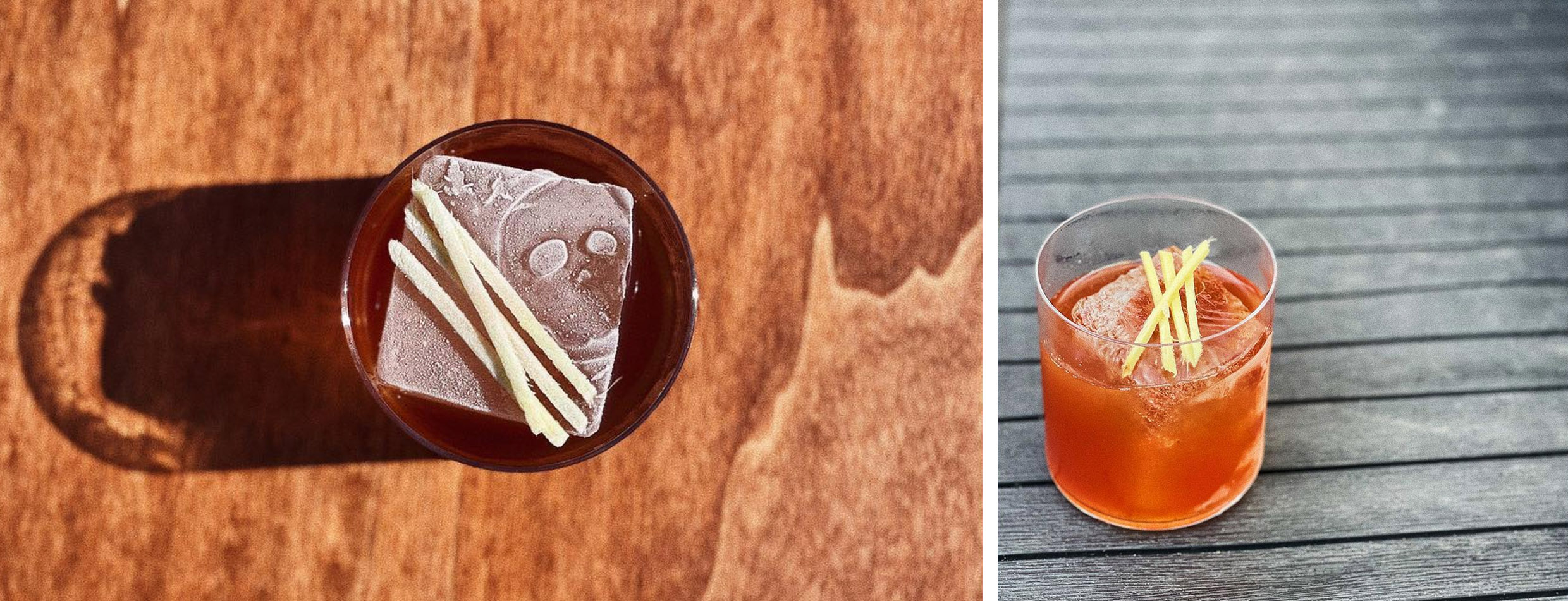
Whether it’s going out and finding unusual ingredients, making the most of the garden, or looking at what would otherwise be wasted and transforming them into delicious drinks – there's so many ways to forage, repurpose and re-use! We hope you found this useful and as always, please tag us in on the 'gram if you've been getting involved!


